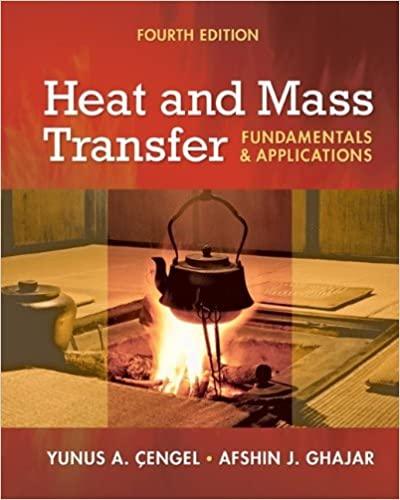Answered step by step
Verified Expert Solution
Question
1 Approved Answer
Dried sugar cane billets are shredded and conveyed to a diffuser, which consists of a stainless steel mesh conveyor belt on which the shredded solids
Dried sugar cane billets are shredded and conveyed to a diffuser, which consists of a stainless steel
mesh conveyor belt on which the shredded solids sit and which moves slowly and continuously
under a series of stationary hot liquid sprays. The sugar in the shredded solid is gradually leached
out. The spray spacing permits sufficient time for the liquid to drain through the solid and be
collected, where it is then pumped counter
currently to the solid shredded cane and is sprayed on
"fresher" cane. Hence, each spraying and draining may be considered as one stage of a counter
current leaching operation.
Experiments were performed to assess the carryover of liquid in the shredded cane solids
the
underflow
on the belt after the draining time between stages. The results are:
The cane billets enter the diffuser with a sugar content of
and must be extracted to a final
exhausted content of less than
on a solvent
free basis
i
e
after drying
Assume the billets
entering the diffuser initially have zero moisture content. Pure hot water is used as the solvent feed
to the diffuser.
of water is used per
of fresh cane billet.
The solution draining from the mesh belt
overflow
is generally free of solids, except at the first
stage
where solid enters
in which the overflow contains a suspension of shredded solids at a
concentration
inert solid
of
Calculate the number of spray stations
stages
required to obtain the desired performance. Perform
your calculations on a right
angle triangle diagram with inert fibre at the bottom
left corner, pure
sugar up at the top left apex, and pure water at the bottom right vertex. Use a basis of
of cane
billet
i
e
of feed containing inert solid and sugar
Step by Step Solution
There are 3 Steps involved in it
Step: 1

Get Instant Access to Expert-Tailored Solutions
See step-by-step solutions with expert insights and AI powered tools for academic success
Step: 2

Step: 3

Ace Your Homework with AI
Get the answers you need in no time with our AI-driven, step-by-step assistance
Get Started


